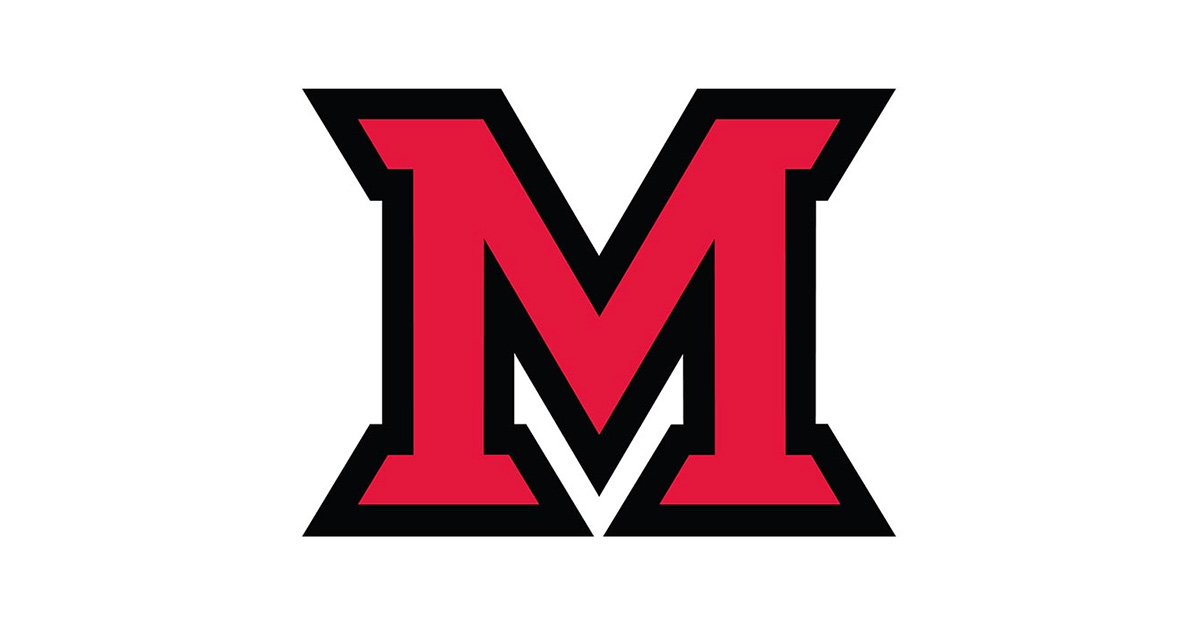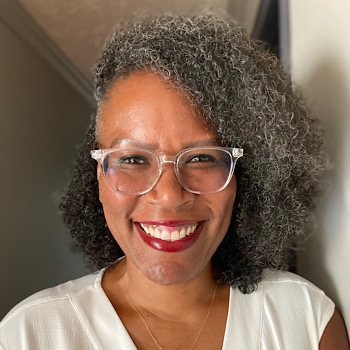Inclusion as iteration, and other insights from diversity expert Trey Boynton

by Elizabeth Jenike, IT Services
The IT Services Diversity Committee stands behind the recommendations and stances of the DEI Task Force charged by President Crawford to turn a critical eye to how we handle DEI at Miami. To that end, the committee invited Trey Boynton from Cisco Systems to speak with us about diversity, equity, and inclusion (DEI) and the role played by the technology world in how challenges of equality are being met.
Trey is the Global Lead for Inclusion and Collaboration Strategy and Alignment for Cisco Systems, which provides products like Webex, Duo, and Wi-Fi hardware to Miami. She has spent her career (first in academia, and then, more recently, at Cisco) driving diversity and inclusion efforts and delivering on those promises.

“Collaboration and inclusion and technology are inextricably linked,” she said. “At Cisco, we’re imagining a world where our software and tools help us think through diversity and inclusion efforts.”
She stressed the importance of identifying core beliefs and values -- something that Cisco has been focusing on in particular, this year. The company has set forth several guidelines that started as a response to the racial injustices that came to a head earlier this summer. These guidelines have since served as a starting point for the company’s response to challenges in general, including this year’s pandemic. Cisco committed to using technology for good and to act deliberately to create the change the world needs.
“You need to have a north star that inspires you, guides you,” she said. “Ask yourself: What do I believe in? What are we trying to aspire to? This is when you get to decide who you are as an individual or an organization.”
During the COVID-19 pandemic, we have come together in virtual classrooms, in the public sphere on the internet -- technology has been an integral part of this transition, and it will continue to be an important aspect of the work we do to connect each other in times when we can’t meet face to face. The technology can also provide salient data points in the DEI conversation, because we now have access to information about who is participating, who’s not, who’s being invited, and who’s being excluded.
When asked what IT organizations can do to support DEI efforts, she gave a fitting analogy: In IT, we iterate. The whole idea behind software development is to try new things and if they don’t work, try again. We build and architect systems. We support those systems. We know how to triage when things aren’t working. Well, Trey said, it’s time to triage. Things aren’t working.
In addition, as the IT department at a university, we provide technology solutions to a college campus, which means we have a hand in shaping the future through the students we support. “You are the backbone of opportunity,” she said.
Diversity and inclusion are important because as an IT organization, we support students from all walks of life. As Trey mentioned, we build for everyone -- so we should look like everyone. Teams that bring together diverse mindsets deliver the most diverse outcomes -- which provide the greatest support for a disparate user base.
“Culture eats strategy for breakfast, but inclusion sets the table,” she said, amending the popular adage originated by business management expert Peter Drucker. “We all have strategies, but the important part is to move forward, and people drive that strategy. If we don’t have a culture that allows the strategy to move nothing gets done.”
Thank you for joining us and for sharing your wisdom, Dr. Boynton!

